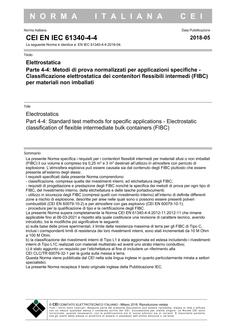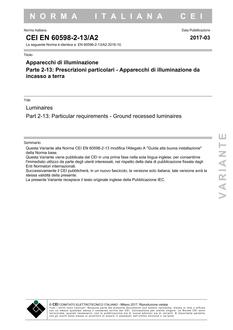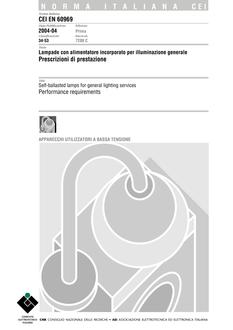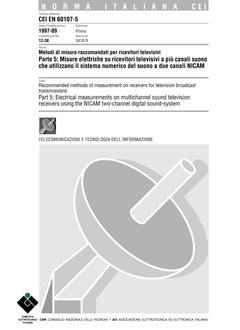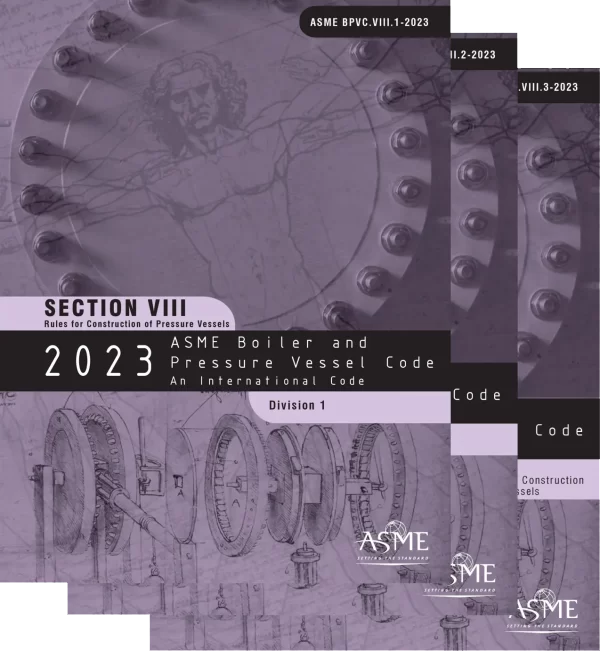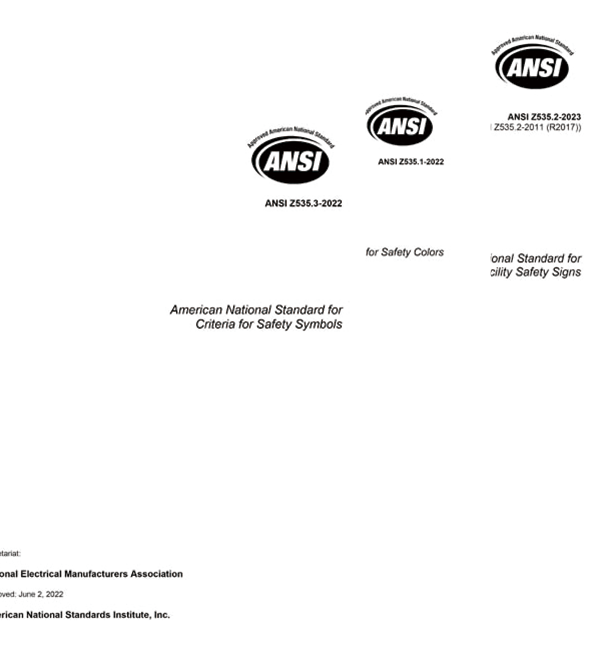CEI EN IEC 61340-4-4
2018
Electrostatics Part 4-4: Standard test methods for specific applications – Electrostatic classification of flexible intermediate bulk containers (FIBC)
- Format:
- Language(s) :
- Published :
- English
- 05/01/2018
This part of IEC 61340 specifies requirements for flexible intermediate bulk containers (FIBC) between 0,25 m3 and 3 m3 in volume, intended for use in hazardous explosive atmospheres. The explosive atmosphere can be created by the contents in the FIBC or can exist outside the FIBC.
The requirements include:
– classification and labelling of FIBC;
– classification of inner liners;
– specification of test methods for each type of FIBC, inner liner, labels and document pockets;
– design and performance requirements for FIBC, inner liners, labels and document pockets;
– safe use of FIBC (including those with inner liners) within different zones defined for explosion endangered environments, described for areas where combustible dusts are, or can be, present (IEC 60079-10-2), and for explosive gas atmospheres (IEC 60079-10-1); – procedures for type qualification and certification of FIBC, including the safe use of inner liners.
NOTE 1 Guidance on test methods that can be used for manufacturing quality control is given in Annex C.
The requirements of this document are applicable to all types of FIBC and inner liners, tested as manufactured, prior to use and intended for use in hazardous explosive atmospheres: Zones 1 and 2 (Groups IIA and IIB only) and Zones 21 and 22 (see Annex D for classification of hazardous areas and explosion groups). For some types of FIBC, the requirements of this document apply only to use in hazardous explosive atmospheres with minimum ignition energy of 0,14 mJ or greater and where charging currents do not exceed 3,0 μA.
NOTE 2
0,14 mJ represents a realistic minimum ignition energy for a Group IIB gas or vapour atmosphere. Although more sensitive materials exist, 0,14 mJ is the lowest minimum ignition energy of any material that is likely to be present when FIBC are emptied. 3,0 μA is the highest charging current likely to be found in common industrial processes. This combination of minimum ignition energy and charging current represents the most severe conditions that might be expected in practice.
FIBC are not normally used in Zone 0 or Zone 20. If FIBC are used in Zone 0 or Zone 20, the requirements of this document are applicable, together with additional requirements that are beyond the scope of this document to define
The volume contained within FIBC can be designated as Zone 20, in which case the requirements of this document are applicable.
Solids containing residual solvent can result in a hazardous explosive atmosphere within FIBC, possibly resulting in the volume being designated as Zone 1 or Zone 2; in which case the requirements of this document are applicable.
Compliance with the requirements specified in this document does not necessarily ensure that hazardous electrostatic discharges, for example cone discharges, will not be generated by the contents in FIBC. Information on the risks associated with cone discharges is given in Annex E. Compliance with the requirements of this document does not mitigate the need for full risk assessment. For example, metal and other conductive powders and toner powders can require additional precautions to prevent hazardous discharges from the powders.
NOTE 3 In the examples mentioned in the paragraph above, additional precautions can be necessary in the case of metal or other conductive powder because if the powder is isolated and becomes charged, incendiary sparks can occur, and in the case of toner powders, incendiary discharges can occur during rapid filling and emptying operations. IEC TS 60079-32-1 [1]1 gives guidance on additional precautions that can be necessary.
Test methods included in this document can be used in association with other performance requirements, for example when a risk assessment has shown the minimum ignition energy of concern is less than 0,14 mJ, charging currents are greater than 3,0 μA, or the ambient conditions are outside of the range specified in this document.
Compliance with the requirements specified in this document does not necessarily ensure that electric shocks to personnel will not occur from FIBC during normal use.
1 Numbers in square brackets refer to the Bibliography.
| CEI EN IEC 61340-4-4 | |
|---|---|
| STANDARD INFO: | |
| Standard Name | CEI EN IEC 61340-4-4 |
| Scope | Electrostatics Part 4-4: Standard test methods for specific applications - Electrostatic classification of flexible intermediate bulk containers (FIBC) |
| Publisher | CEI - Comitato Elettrotecnico Italiano |
| Languages | English |
| State | [ Active ] |
| Publication Year | 2018 |
| Most recent Version | MOST RECENT |
| Whether to be replaced | |
| Addendum | |
| FILE INFO: | |
| Edition | 18 |
| File Size | 1 file , 2.4 MB |
| Number of Pages | 56 |
| Published | 05/01/2018 |
| CEI EN IEC 61340-4-4 | ||
|---|---|---|
| History | Publisher Year | |
| CEI EN IEC 61340-4-4 | 2018 | Current |
| CEI EN 61340-4-4 | 2012 |
Related products
- Format:
- Language(s) :
- Published :
- English
- 01/01/2007
$51
- Format:
- Language(s) :
- Published :
- English
- 09/01/2005
$22
- Format:
- Language(s) :
- Published :
- English
- 04/01/2004
$16
- Format:
- Language(s) :
- Published :
- Italian
- 09/01/1997
$19

Over 3,000,000 global standards
Our standards library is extensive, with over 2 million documents, ensuring we meet the needs of various industries. Whether it’s ASME, DIN, ASTM or ISO and other internationally recognized standards, we offer complete documents and the latest versions to help customers adhere to industry regulations in their projects. Whether your needs are technical standards, regulatory requirements, or design guidelines, our standards library provides comprehensive support.
24 online customer service
Our team includes up to 50 engineers from fields such as healthcare, electronics, and construction, who can answer your technical questions and ensure you find the correct and accurate standard documents. We are dedicated to helping you find the best solution that meets your needs.

Thanks to the StandardsClub customer service team for helping me find the ASME BPVC-2023 SET I was looking for in a high-quality PDF version. Their assistance was excellent, and the document quality exceeded my expectations!
This standard document is very detailed, covering all relevant technical points, and provides comprehensive guidance for my project. The ANSI/NEMA Z535 SET was exactly what I needed, and I am very satisfied with the quality!
The purchasing process was straightforward, the price was very competitive, and the download was quick. The Tissue Engineering Standards Addressing Product Quality and Characterization Package was of excellent quality and provided all the information I needed. Definitely a great value for the price!
“Got questions? Our professional customer service is ready to assist you anytime. Whether it’s finding documents, getting discounts, or navigating the purchase process, let us help you get the standards you need!”

Sign Up Our Newsletter
Don’t miss out! Subscribe now to get exclusive offers and industry insights!
We care about your data in ou privacy policy.

